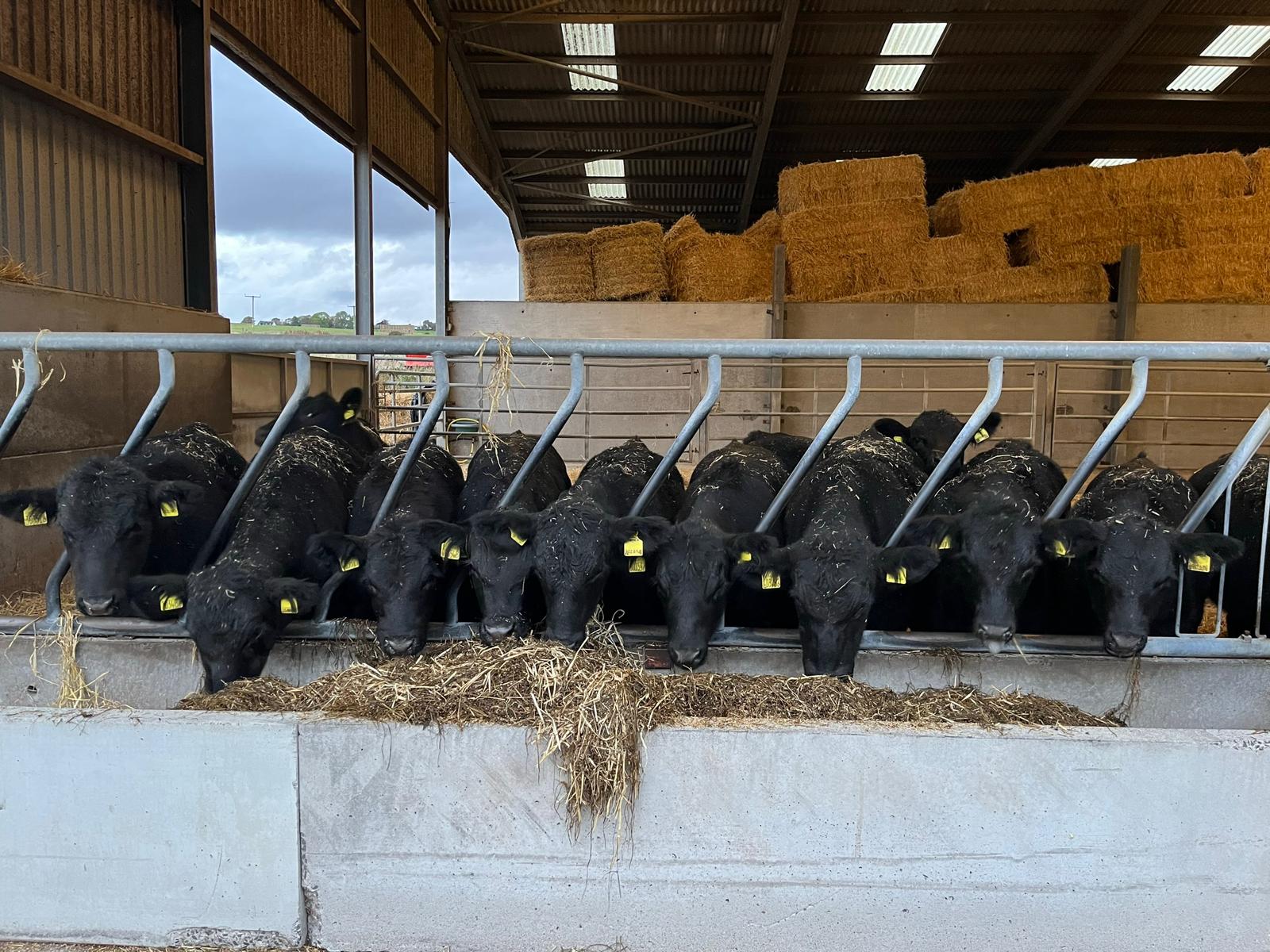Metabolic Profiling Suckler Cows
Metabolic Profiling has been a long established preventative management tool in the dairy world and increasingly in sheep too. However, in recent years we have been employing this in suckler herds with great success. In this article we cover off some key questions about Metabolic Profiling as well as presenting a few interesting cases we have dealt with in the last year.
What Is Metabolic Profiling?
Metabolic Profiling is using blood samples from a small subset of cows in the herd to ask them how are they responding to the diet that is being given them. Is it meeting their nutritional needs, and if not, what can we do about it?
Why Metabolic Profiling?
Calves reared per cow mated is the key driver of suckler herd profitability. Getting nutrition right is one of the main factors allowing farms to hit this target. This comes from both the survival of the calf but also the ability of the cow to get back in calf to calve again within twelve months. A metabolic profile allows us to identify issues or imbalances before they become a problem and make corrective actions to the diet in a timely fashion.
What do you test for when Metabolic Profiling?
Energy: Sufficient energy is important for colostrum and milk production, but critically a cow in negative energy balance at the point of calving and in the period after is much less likely to get back in calf than one in positive energy balance.
Protein: Sufficient protein is essential for high colostrum and milk quality as well as healthy rumen function. Protein testing can also flag up underlying disease issues such as Johne’s disease, worms and fluke.
Minerals: Magnesium is vital for mobilisation of bodily calcium and therefore has roles to play in calving efficiency (therefore avoiding slow calving syndrome) as well as avoiding milk fevers and staggers. Phosphorus is required for energy metabolism
Trace Elements: The trace elements such as copper, selenium and iodine all have important roles to play in calving efficiency, immunity, fertility and colostrum quality.
When should I carry out a Metabolic Profile?
A Metabolic Profile should ideally be carried out 3-4 weeks pre-calving. At this time cows will be under sufficient “metabolic stress” but we will have enough time to alter the ration if required. At the same time as taking the bloods body condition score should also be assessed and a ration analysis made available for full interpretation.
The profile could also be repeated 3 weeks post calving to give more information.
Which cows should be included in a Metabolic Profile?
At least six cows per separately managed group should be sampled. This may well mean sampling a group of cows and a group of heifers. Animals sampled should be representative of the group as a whole.
Thrums Case Example 1
A spring calving herd sampled three cows and three heifers. The farmer was concerned the heifers were in excessive body condition and as such was feeding them primarily straw with little silage or concentrate. Blood results showed all looked OK in the cows but the heifers were metabolising body reserves at an alarming rate. The knock-on effect of this would be that these heifers would really struggle to get back in calf in a timely fashion following calving. In response the straw component of the diet was reduced and the silage increased. Heifers went on to calve without excessive issues and as a result stood a better chance of getting back in calf in time.
Some controlled loss of body condition in cows and heifers in mid pregnancy is acceptable if required, but in the last month of pregnancy this energy imbalance should be corrected to help protect future fertility. Calf size is largely programmed by genetics and nutrition in mid-pregnancy, so no need to worry about over feeding in the last month of pregnancy from this regard.
Thrums Case Example 2
In the middle of calving we were called in to a herd experiencing a high level of scours with many calves needing treated and some deaths. As well as our normal scour investigations to isolate the causative bug we did a metabolic profile on some calved and due to calve cows. This showed that proteins were rock bottom, meaning colostrum quality was very poor.
With the help of a nutritionist the ration was re-assessed and a source of high quality protein added. The effect was fairly remarkable as cases of scours just about stopped over-night. Whilst the metabolic profile was a really useful tool in this case, it would have no doubt been far better to have done it as a pro-active measure before calving rather than in response to a problem!
Thrums Case Example 3
A group of spring calving cows were sampled. Energy and protein levels looked good but magnesium across the board looked very low, causing concern. Critically low magnesium levels could lead to cases of milk fevers but more commonly (and harder to spot) may be involved in slow calvings with resultant elevated risk of disease and mortality in calves. As soon as results were obtained additional magnesium was provided in the diet and no cases of milk fever or slow calvings were experienced.








